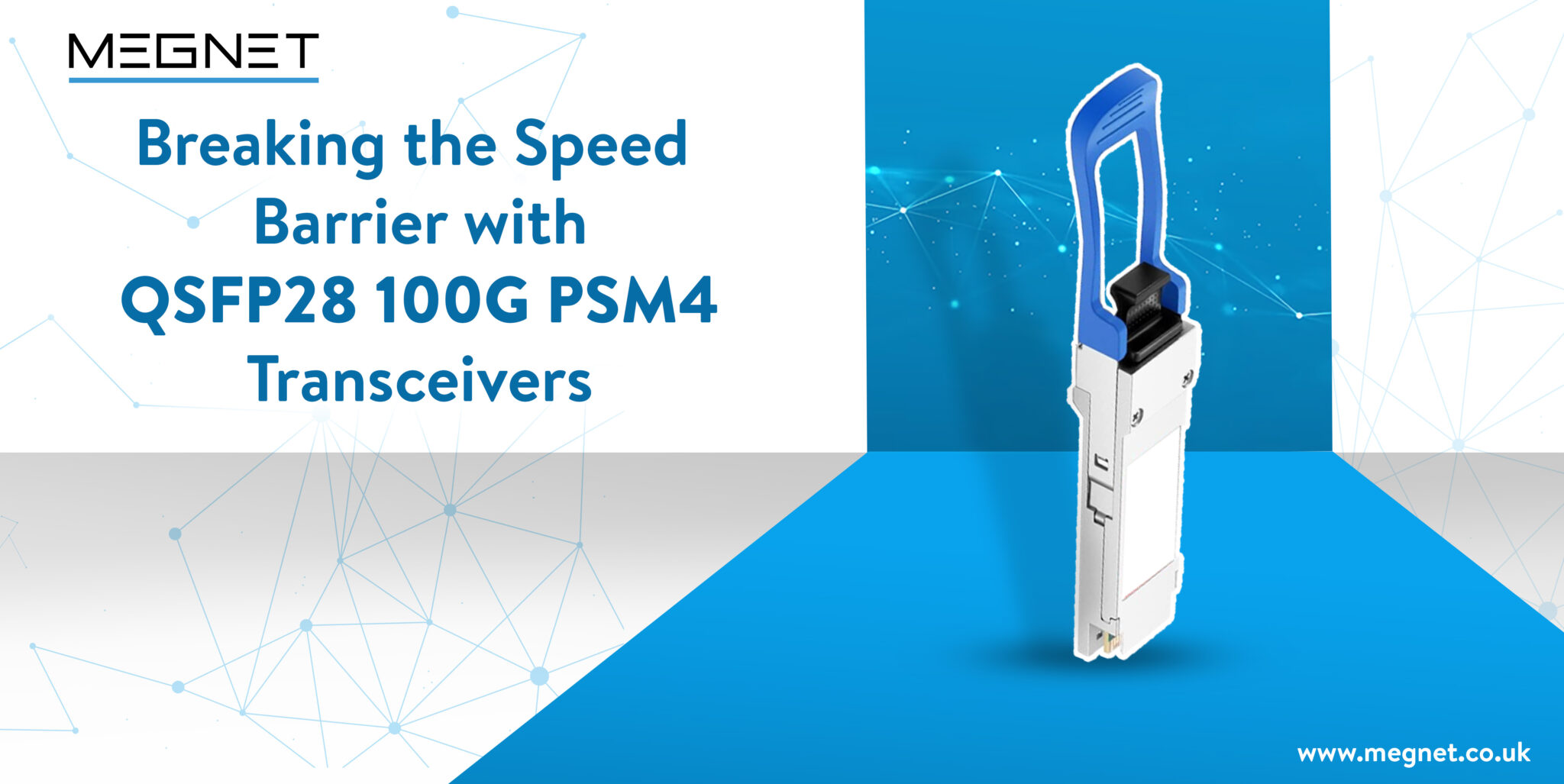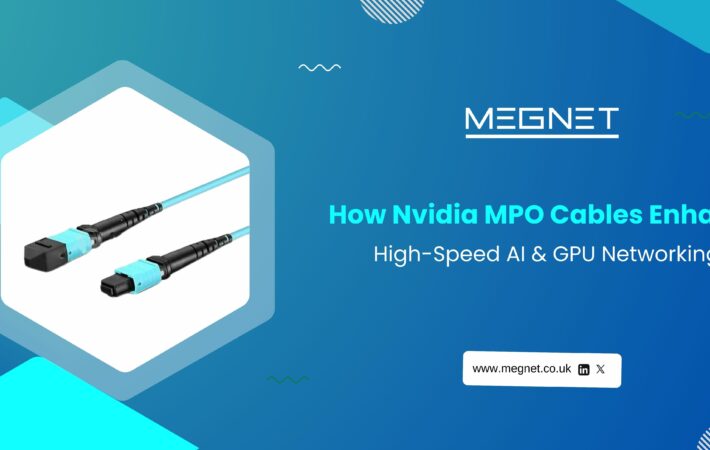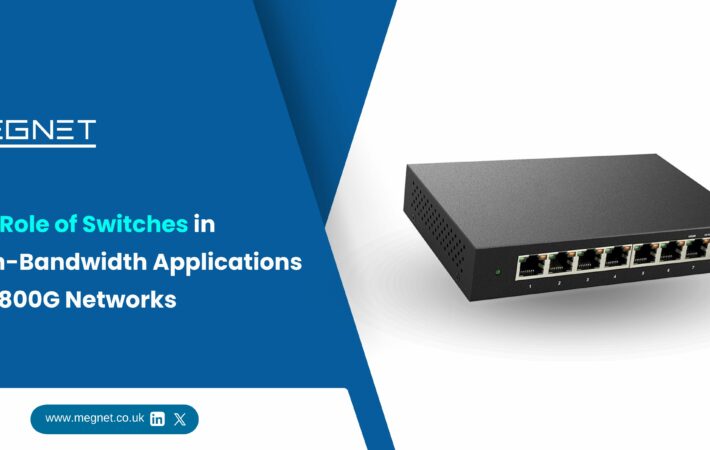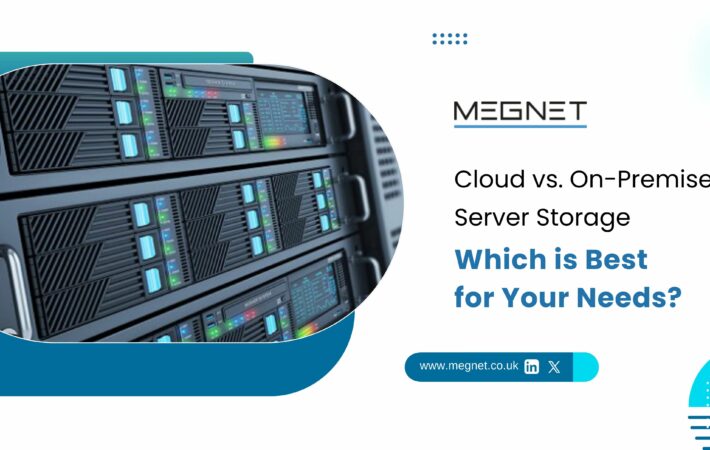
Breaking the Speed Barrier with QSFP28 100G PSM4 Transceivers
In today’s fast-paced digital world, high-speed data transmission is a must. Whether you’re running a data centre, managing a network infrastructure, or looking to upgrade your internet connectivity, speed matters. This is where QSFP28 100G PSM4 transceivers come into play. These advanced optical transceivers are changing the game when it comes to high-speed data transmission. In this article, we will dive deep into QSFP28 100G PSM4 transceivers, their features, benefits, and applications.
Understanding QSFP28 100G PSM4 Transceivers
What is QSFP28 100G PSM4?
QSFP28 stands for Quad Small Form-Factor Pluggable 28. It’s a compact, high-speed transceiver module designed for various applications, including data centres and telecommunications. The “100G” indicates that it’s capable of transmitting data at a rate of 100 gigabits per second (Gbps), making it perfect for high-bandwidth requirements.
PSM4 stands for Parallel Single-Mode 4. It’s a specific optical technology that allows QSFP28 transceivers to transmit data using four parallel single-mode fibre connections. This technology enhances data transmission efficiency and reliability, especially over longer distances.
Features & Applications –
- Hot-pluggable QSFP28 form factor
- Compliant with QSFP MSA standard; Compliant with 100G PSM4 MSA standard
- 4 channels full-duplex transceiver module; Supports 100Gb/s aggregate bit rate
- 4 channels 1310nm DFB lasers; 4 channels PIN photo detector array
- Maximum link length of 2km on SMF
- Single MTP/MPO receptacle; Built-in digital diagnostic functions
- 3.5W maximum power dissipation; Single 3.3V power supply
- Operating case temperature range: 0 to 70°C
- RoHS-6 compliant (lead free)
- 100GE direct interconnection
- 100GE to 4x 25GE breakout interconnection
How Does QSFP 100G PSM4 Work?
The QSFP 100G PSM4 converts parallel electrical input signals into parallel optical signals by the Layser Array and then transmits them in parallel on the MTP/MPO single-mode ribbon fibre. Upon reaching the receiving termination, the PIN array converts the parallel optical signals into parallel electrical signals. The QSFP28 PSM4 module works in much the same way as the QSFP28 SR4 optical transceiver. The difference is that the former operates on single-mode fibre while the latter operates on OM3/OM4 multimode fibre.

The Advantages of QSFP28 100G PSM4
Now that we know the basics, let’s explore the advantages of QSFP28 100G PSM4 transceivers:
- High-Speed Data Transmission
One of the primary advantages of QSFP28 100G PSM4 transceivers is their incredible data transmission speed. With a rate of 100 Gbps, these transceivers can handle large volumes of data in real-time, which is crucial for applications like streaming, cloud computing, and data storage.
- Long-Distance Reach
Thanks to the Parallel Single-Mode 4 technology, QSFP28 100G PSM4 transceivers can transmit data over longer distances without signal degradation. This is essential for telecommunications companies and data centres that require reliable connectivity over extensive networks.
- Compact Design
The small form factor of QSFP28 transceivers makes them easy to install and manage. They are also hot-swappable, which means they can be replaced or upgraded without shutting down the entire system.
- Energy Efficiency
In addition to speed and reliability, QSFP28 100G PSM4 transceivers are designed with energy efficiency in mind. They consume less power, reducing operational costs and environmental impact.
- Multiple Applications
These transceivers find applications in various industries, including data centres, telecommunications, healthcare, and finance. They are versatile and can adapt to different networking needs.
Applications of QSFP28 100G PSM4 Transceivers
Now that we’ve explored the advantages, let’s look at some real-world applications:
- Data Centres
In data centres, speed and reliability are paramount. QSFP28 100G PSM4 transceivers play a crucial role in ensuring seamless data transfer and connectivity within the facility. They are commonly used for high-speed interconnects, server connections, and storage area networks (SANs).
- Telecommunications
The telecommunications industry relies on high-speed data transmission for services such as video streaming, voice calls, and internet connectivity. QSFP28 100G PSM4 transceivers are used to build and maintain the infrastructure needed for these services.
- Healthcare
In the healthcare sector, fast and secure data transmission is essential for various applications, including telemedicine, digital patient records, and medical imaging. QSFP28 transceivers help ensure that healthcare professionals have quick access to patient data when needed.
- Finance
Financial institutions require high-speed data connections to execute trades, process transactions, and manage financial data. QSFP28 100G PSM4 transceivers are used in trading platforms, data centres, and network connections within the financial industry.
- Cloud Computing
Cloud computing relies on rapid data transfer to ensure seamless access to cloud services. QSFP28 transceivers are an integral part of data centre infrastructure, enabling the high-speed connections needed for cloud computing.
- Compatibility
When implementing QSFP28 100G PSM4 transceivers in your network, it’s crucial to ensure compatibility with your existing infrastructure. These transceivers should work seamlessly with your switches, routers, and other networking equipment. Check for compatibility lists provided by the transceiver manufacturer to avoid any compatibility issues.
- Multi-Mode vs. Single-Mode Fibre
While QSFP28 100G PSM4 transceivers are designed for single-mode fibre, it’s essential to be aware of the distinction between single-mode and multi-mode fibre. Single-mode fibre is best suited for longer-distance transmissions, while multi-mode fibre is more appropriate for short-distance connections. Choosing the right fibre type is essential to optimize your network’s performance.
- Signal Quality
Signal quality is paramount, especially in high-speed data transmission. QSFP28 100G PSM4 transceivers incorporate error correction and signal enhancement features to maintain signal integrity over long distances. These measures ensure data is transmitted without errors, making them ideal for mission-critical applications.
- Monitoring and Management
Network administrators require tools for monitoring and managing the performance of their network infrastructure. QSFP28 100G PSM4 transceivers often come equipped with diagnostic and monitoring features, enabling real-time assessment of link quality and status. This proactive approach allows for swift response to potential issues, reducing downtime and ensuring network reliability.
- Cost-Effectiveness
While the benefits of QSFP28 100G PSM4 transceivers are substantial, it’s essential to consider the overall cost-effectiveness of their deployment. These transceivers, while efficient, may come at a higher initial cost. However, the long-term savings resulting from their energy efficiency and reliability often outweigh the initial investment.
- Redundancy and Failover
For mission-critical applications, redundancy and failover strategies are vital. Implementing redundant QSFP28 100G PSM4 transceivers can provide backup in case of failure, ensuring uninterrupted network services. Many modern networks incorporate failover mechanisms to maintain connectivity, even in the event of hardware or link failures.
- Upcoming Developments
The technology landscape is continually evolving, and it’s worth keeping an eye on upcoming developments in the field of high-speed data transmission. Manufacturers are constantly improving transceiver technology, aiming for even higher data rates, increased efficiency, and enhanced reliability. Staying informed about these advancements can help you plan for future network upgrades and optimizations.
QSFP28 100G Transceiver Application Guide
Nowadays, 100G optical QSFP28 transceivers account for a significant portion of networking construction. Due to their compact size, low power consumption, and high performance, 100G QSFP28 optics are mainly used for the following situations.
- 100G Ethernet
- Data Centre Interconnect
- InfiniBand QDR and DDR Interconnect
- Enterprise networking
The Future of High-Speed Data Transmission
As the demand for high-speed data transmission continues to grow, QSFP28 100G PSM4 transceivers are set to play a more significant role in modern communication systems. Their efficiency, compact design, and versatility make them a compelling choice for various applications.
In conclusion, the QSFP28 100G PSM4 transceivers break the speed barrier, enabling faster, more reliable data transmission across industries. Whether you’re in the world of data centres, telecommunications, healthcare, finance, or cloud computing, these transceivers are at the forefront of high-speed connectivity.
Keep your network up to speed with QSFP28 100G PSM4 transceivers and stay ahead in the fast-paced digital age.
FAQ's
The 100G PSM4 standard is a multi-source protocol (MSA) designed to deliver a low-cost solution that delivers four 25Gbps wavelengths over a single mode fibre in addition to the IEEE 100G Ethernet specification, specifically designing for transmission distances of 500m of the network applications.
They are typically designed to be compatible with a wide range of network devices.
Features include high-speed data transmission, reliability, and compact form factor.
The QSFP 100G PSM4 vendor name written under compatible means that each different brand corresponds to a compatible module.
QSFP28 100G PSM4 transceivers are designed to adhere to industry standards, ensuring broad compatibility.
They typically require a low power input to operate efficiently.
It is highly recommended that a data centre facility implements cleaning procedures for all fibre optic connectors to reduce link failures and unnecessary replacement of expensive and critical network equipment.
No. Network equipment manufacturers do not require that you use only name-brand optics. In fact, when a product fault or defect occurs in the network, and the fault or defect is not attributable to the use of third-party optics, they will continue to provide support for the affected product under warranty or covered by their support program.









Leave a comment
Your email address will not be published. Required fields are marked *